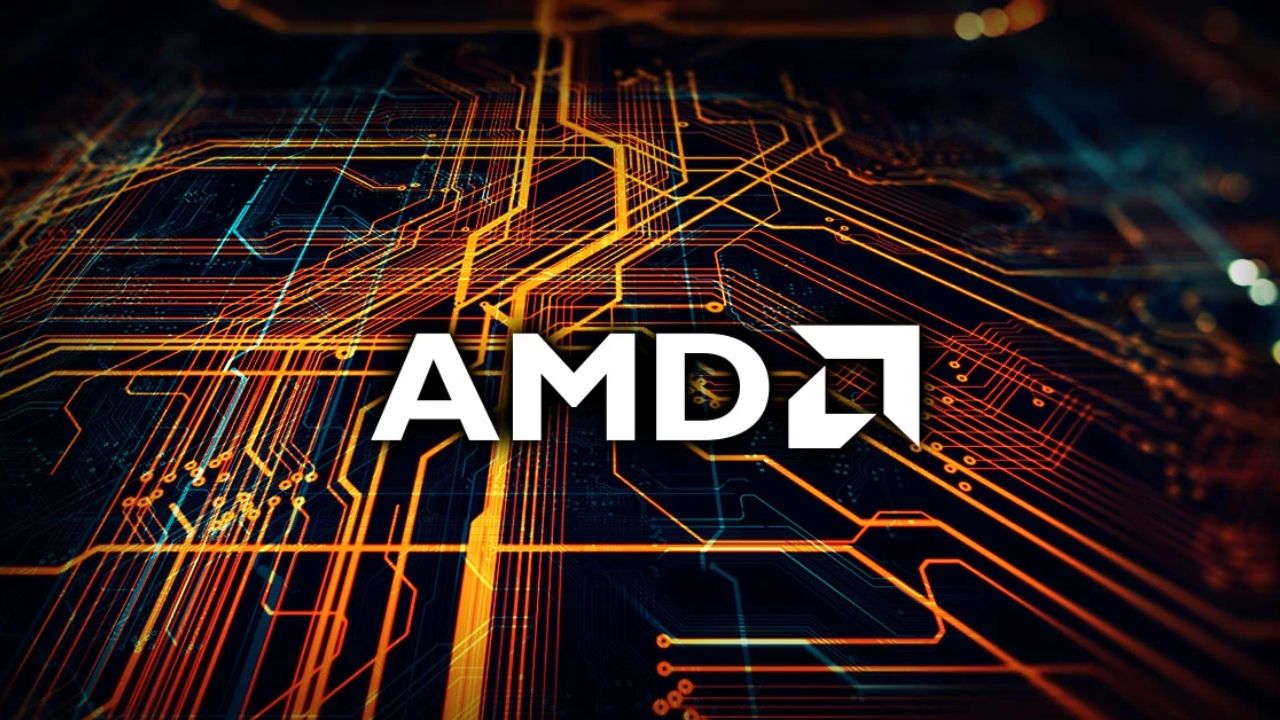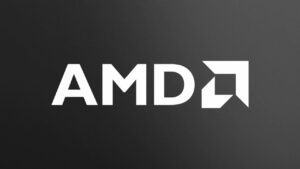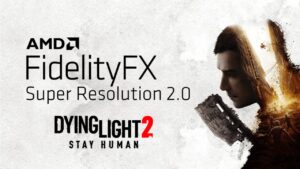It’s official: AMD has finally revealed its much-anticipated competitor to Nvidia’s DLSS. FidelityFX Super Resolution (FSR) was unveiled for the first time at Computex Taipei today and is set to arrive globally on June 22nd.
Much like Nvidia’s Deep Learning Super Sampling (DLSS), FSR will boost performance and image quality in supported games.
At the moment, AMD is promising that FSR will deliver up to 2.5 times higher performance while using a range of modes in “select titles”. And that FSR will be integrated into at least ten games and some engines this year.
However, if AMD plans to stay on par with Nvidia, they will have to move fast with their integration; Nvidia just added two more AAA titles, Red Dead Redemption 2 and Rainbow Six Siege, to its list of DLSS-compatible titles that already includes over 50 games.
Supersampling is what sets AMD’s GPUs apart from those of its competitors, particularly Nvidia. DLSS uses neural networks to reconstruct images at higher quality from lower resolutions in real time, enabling games to run at smoother frame rates without making any compromises in image quality.
AMD has not revealed too many technical details on the workings of FSR but it is known that the feature is open source and is based on AMD’s OpenGPU suite.
FSR will come loaded with four presets: Ultra Quality, Quality, Balanced and Performance. Naturally, the first two focus on higher quality by rendering closer to native resolution, while Balanced and Performance bring you as many frames as possible. FSR will work on both desktops and laptops, as well as both integrated and discrete graphics.
During testing, AMD ran Gearbox Software’s Godfall (using Radeon RX 6900 XT, RX 6800 XT and RX 6700 XT on the game’s epic preset with 4K and ray tracing on), and claimed that performance mode took the game’s output up to 150fps — a huge bump over the game’s native 49fps.
The balanced, quality, and ultra quality modes turned out 124fps, 99fps, and 78fps respectively.
Since FSR is open-source, it also works on non-AMD hardware, including older Nvidia models that don’t support DLSS. AMD tested Godfall at 1440p with quality mode on Nvidia’s older, but still very popular, mainstream GPUs, the GTX 1060. It ran natively at 27 fps, but at 38 fps with quality mode on — a 41% boost.
AMD also added that FSR, which game developers will have to implement to suit their titles, will work with over 100 CPUs and GPUs, including its own and competitors.
It’s important to note that none of these figures should be taken at face value until FSR is officially out in front of our eyes, which will be in three weeks. Hopefully, it’s a worthy competitor to the DLSS 2.0, which is quite impressive but incidentally does not match up to its positioning at the reveal.
About Advanced Micro Devices
Advanced Micro Devices (AMD) is an American multinational semiconductor company headquartered in Santa Clara, California.
AMD develops computer processors and related technologies for business and consumer markets. AMD’s main products include microprocessors, motherboard chipsets, embedded processors and graphics processors for servers, workstations, personal computers and embedded system applications.








No Comments on AMD Unveils FidelityFX Super Resolution to Counter Nvidia’s DLSS